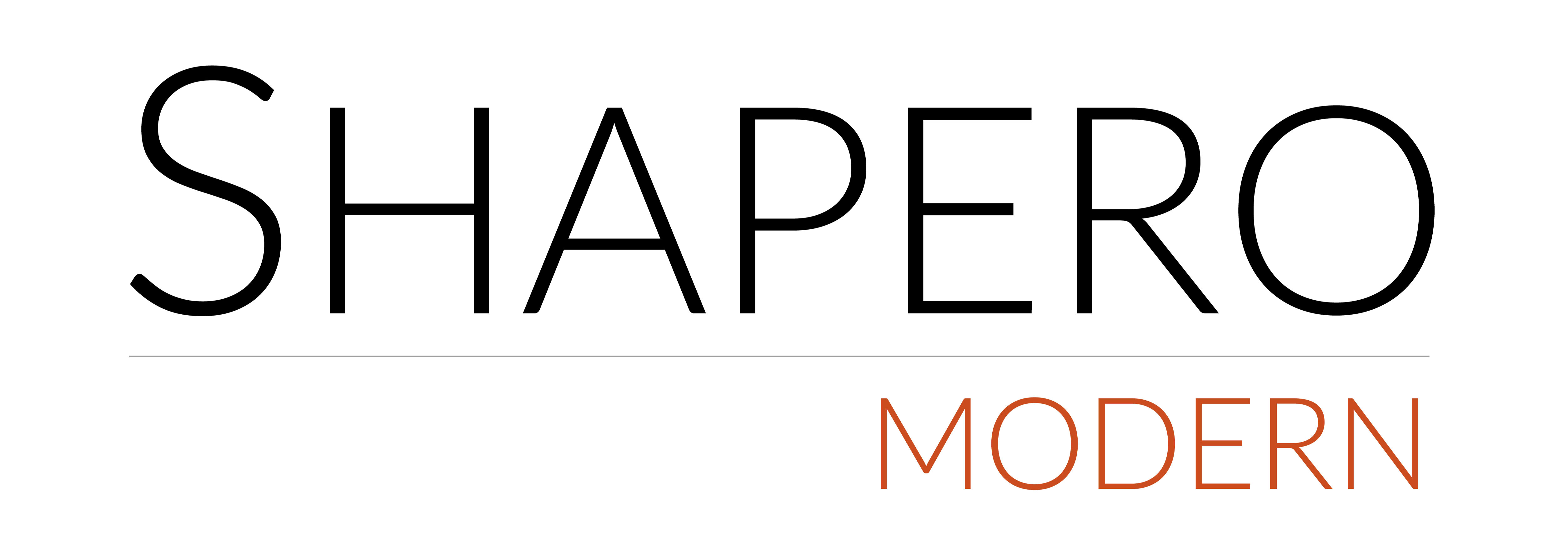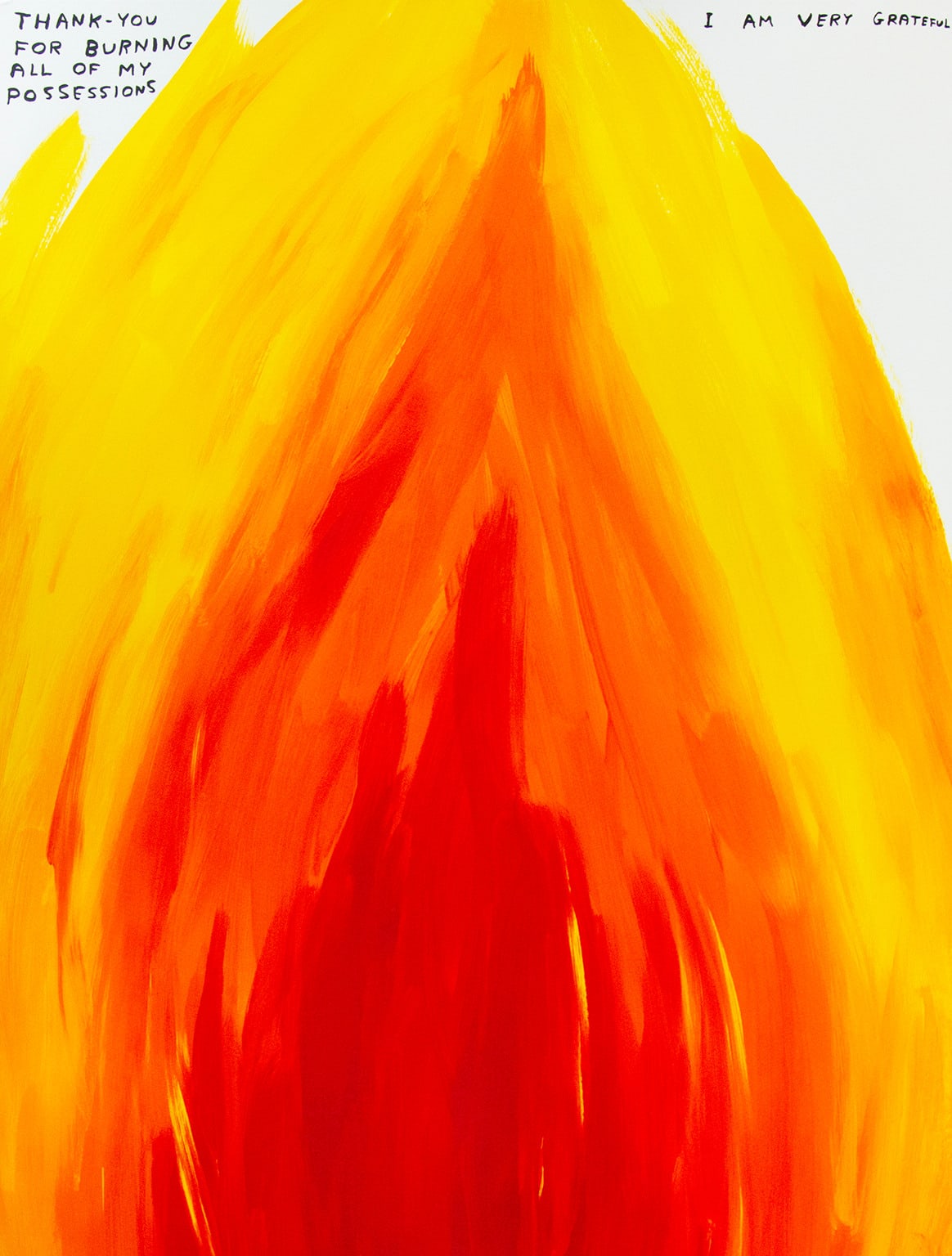David Shrigley
Untitled (Fire), 2019
Screenprint in colours on Somerset Tub paper
76 x 56cm. (30 x 22 in).
signed with initials, dated and numbered from the edition of 125 in pencil
103776
£ 4,000.00
Screenprint in colours, 2019, on Somerset Tub paper, signed, dated and numbered from the edition of 125 in pencil, published by Stephen Friedman Gallery, London, 76 x 56cm. (30 x...
Screenprint in colours, 2019, on Somerset Tub paper, signed, dated and numbered from the edition of 125 in pencil, published by Stephen Friedman Gallery, London, 76 x 56cm. (30 x 22 in).
"I'm actually trying to make things that are accessible and enjoyable to others," Shrigley has said. Like a compulsive doodler with an infectiously mordant sense of humor, the Glasgow-based artist makes deceptively simple-looking drawings and, to a lesser extent, paintings. Complete with childlike stick figures and crudely scrawled texts, they speak to the paranoid fantasies and everyday pathos of adulthood.
Shrigley, who is highly prolific, has compiled many of his images into artist's books and other printed formats that can circulate to large audiences—such as series of etchings and, most recently, these woodcuts. In the woodcut at left, Shrigley conjures up the cartoon language of sleep; his repeated Z's also make a typically self-deprecating comment about the possible "snooze factor" of his art or, perhaps, other types of art involving similarly repetitive geometries, such as Minimalism. Composed of boldly graphic slashes, Shrigley's Z's suggest the sound of sawing through wood, the process by which this image was made. "I liked the physicality of cutting the [wood] plates," the artist has said. "It was very brutal and slightly haphazard, perhaps a little crude, which I think makes the images sit comfortably alongside my drawings."
"I'm actually trying to make things that are accessible and enjoyable to others," Shrigley has said. Like a compulsive doodler with an infectiously mordant sense of humor, the Glasgow-based artist makes deceptively simple-looking drawings and, to a lesser extent, paintings. Complete with childlike stick figures and crudely scrawled texts, they speak to the paranoid fantasies and everyday pathos of adulthood.
Shrigley, who is highly prolific, has compiled many of his images into artist's books and other printed formats that can circulate to large audiences—such as series of etchings and, most recently, these woodcuts. In the woodcut at left, Shrigley conjures up the cartoon language of sleep; his repeated Z's also make a typically self-deprecating comment about the possible "snooze factor" of his art or, perhaps, other types of art involving similarly repetitive geometries, such as Minimalism. Composed of boldly graphic slashes, Shrigley's Z's suggest the sound of sawing through wood, the process by which this image was made. "I liked the physicality of cutting the [wood] plates," the artist has said. "It was very brutal and slightly haphazard, perhaps a little crude, which I think makes the images sit comfortably alongside my drawings."

